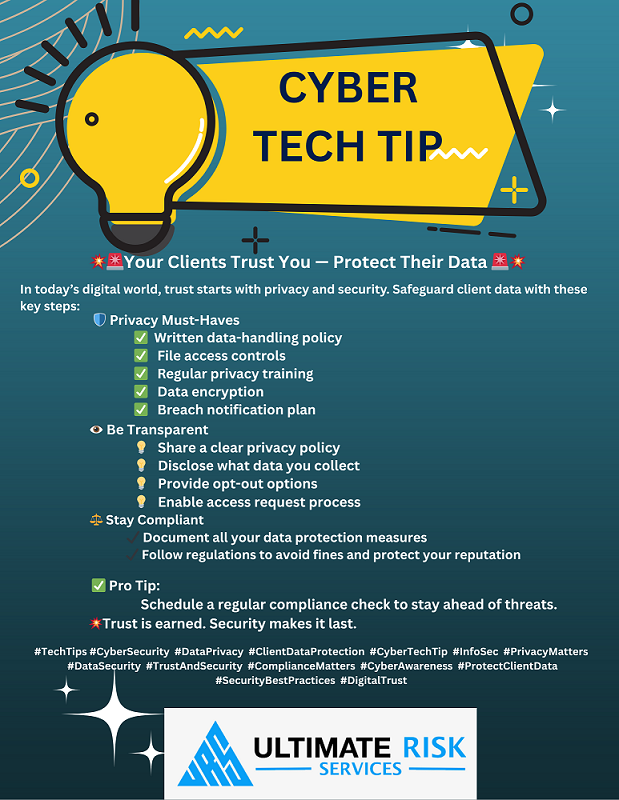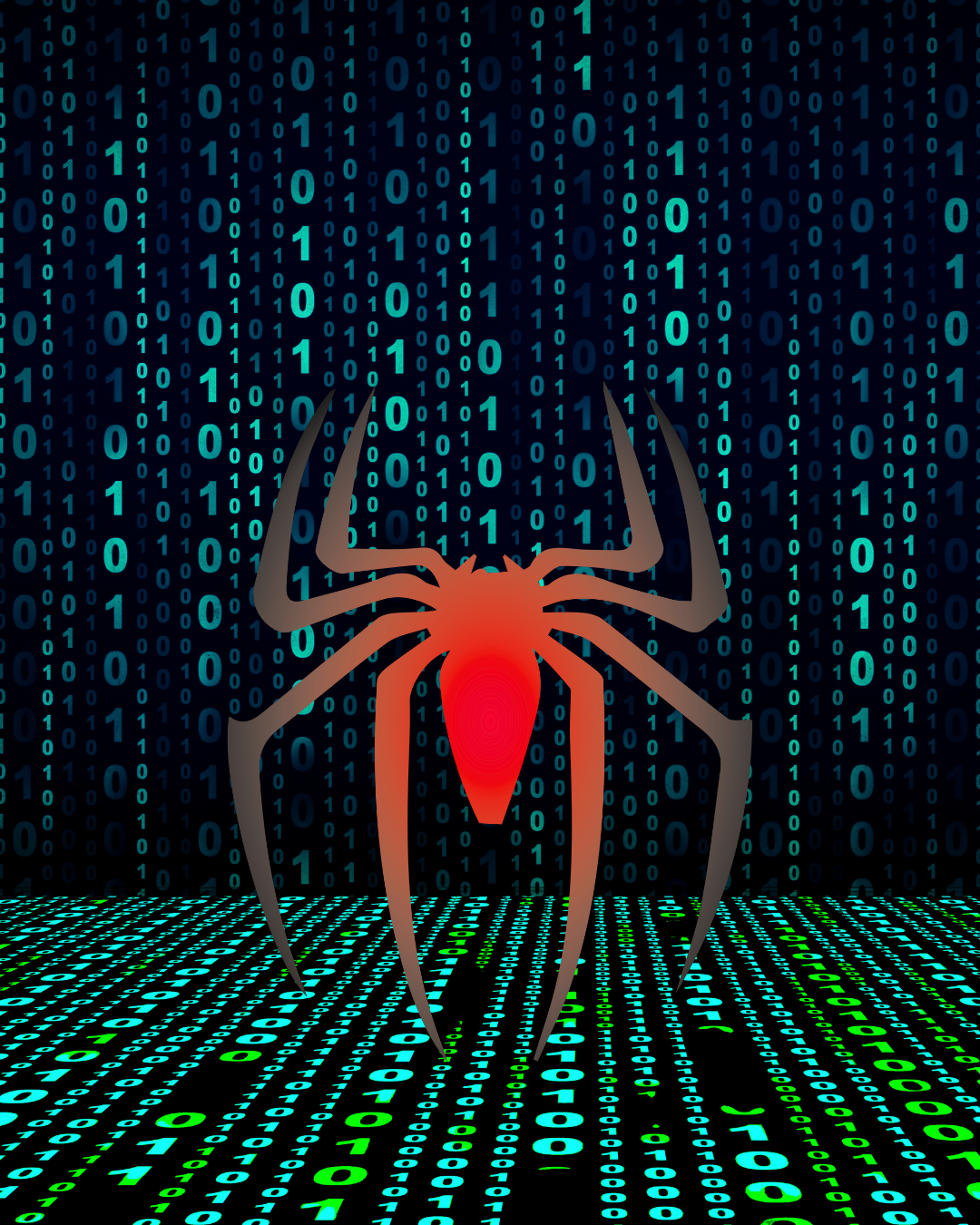It’s tempting to stretch your IT budget by holding on to old computers and software. But the hidden costs of outdated technology—reduced productivity, unexpected downtime, and cybersecurity risks—can far outweigh the savings. Keeping your systems current is not just about efficiency; it’s about protecting your business, your team, and your clients.
How to Make Your Cloud Environment More Secure: A Business Guide
Cloud computing is essential for modern businesses, but with convenience comes risk. Misconfigurations, weak access controls, and outdated practices can expose sensitive information and disrupt operations. Securing your cloud environment is not just a technical requirement—it’s a business imperative.
Why Cloud Security Matters for Your Business
Cloud services store critical business data, customer information, and intellectual property. A breach can result in financial losses, compliance penalties, and reputational damage. Protecting your cloud infrastructure ensures business continuity and builds trust with clients and stakeholders.
CMMC Level 3: Building Advanced Cyber Resilience Against Nation-State Threats
As the Cybersecurity Maturity Model Certification (CMMC) 2.0 framework continues its rollout, the Department of Defense (DoD) has made one thing clear — cybersecurity isn’t just a compliance checkbox anymore. It’s a national security priority.
While CMMC Level 1 and Level 2 focus on safeguarding Federal Contract Information (FCI) and Controlled Unclassified Information (CUI), CMMC Level 3 (“Expert”) is designed to protect the most sensitive CUI and defend against Advanced Persistent Threats (APTs).
For defense contractors supporting critical missions or high-value programs, achieving Level 3 will be essential for continued eligibility and credibility within the Defense Industrial Base (DIB).
How Forgotten Office Devices Like Old Printers Can Open the Door to Hackers
🎯 The Forgotten Devices That Could Be Your Biggest Cybersecurity Threat
You walk past it every day.
A printer stuffed in a closet.
An old router blinking away under a pile of cables.
A dusty PC under a desk, never turned off, never updated.
They seem harmless, right?
But in the cybersecurity world, those forgotten, outdated devices are like wide-open windows in an otherwise locked-down building.
Have You Been Hacked? Signs, Consequences, and What to Do Next
Cyberattacks are no longer a rare occurrence—they’re a daily threat to individuals and organizations alike. Unfortunately, many people don't realize they've been compromised until significant damage has occurred. Understanding how to recognize the warning signs of a breach and knowing how to respond can help you prevent further harm, preserve your data, and recover with minimal disruption.
CyberTech Tip Tuesday!
👉 Book a free compliance readiness assessment
👉 Get a customized cybersecurity roadmap
👉 Train your team to be your first line of defense
📞 Schedule a call today or 📧 contact us for a consultation.
#CyberSecurityTips #OnlineSafety #DataProtection #CyberAware #SafeBrowsing #DigitalSecurity #StaySafeOnline #TechTips #CyberSmart
Is Your IT Team’s Tribal Knowledge a Silent Liability?
The Hidden IT Risk That Could Cripple Your Business During a Cyberattack
When executives plan for cybersecurity threats, they usually focus on external risks—malware, phishing, ransomware, and bad actors breaching the network. But one of the most dangerous threats is already inside the organization: undocumented, unwritten IT knowledge—also known as tribal knowledge.
💰 Why Cutting Your Cybersecurity /IT Security Budget Could Cost You More Than You Think
In today’s fast-paced economy, small and medium-sized businesses (SMBs) are constantly looking for ways to save money. Trimming the budget might seem smart — until it puts your entire business at risk. One of the most common but dangerous areas businesses cut? Information and cyber security.
❌ Cost-Cutting Mistake: Slashing Cybersecurity
Many SMBs believe that cybercriminals only target big corporations. That’s a dangerous myth.
🔐 60% of small businesses that suffer a cyberattack go out of business within six months, according to the U.S. National Cyber Security Alliance.
Cybersecurity isn’t a luxury. It’s business survival.
CyberTech Tip Tuesday
Why a Disaster Recovery Plan (DRP) Is Critical for Every Business
What Happens Without a Plan?
Businesses without a DRP face serious consequences:
43% of businesses fail after a catastrophic data loss without a recovery plan
93% go bankrupt within a year if they can’t restore data within ten days
Small outages cost thousands: small firms lose around $8,000/hour, mid‑size $74,000, and large enterprises $700,000/hour in downtime .
Many businesses lack plans: 1 in 5 SMB executives say they don’t have a recovery strategy
Even when backups exist, 58% fail during actual recovery due to outdated tech or inadequate testing
CyberTech Tip Tuesday
🚨 What’s Happening with Microsoft SharePoint Servers (July 2025)
🚨 What You Need to Know About the Scattered Spider Cyber Gang – Explained Simply 🚨
💥 Who or What Is “Scattered Spider”?
Scattered Spider is a dangerous cybercriminal group that has recently targeted big companies, including their IT help desks. They're known for stealing sensitive data, installing malware, and demanding ransom. Think of them as high-tech thieves who trick people into giving them the keys to the digital castle.
They’re also known by other names like UNC3944, Octo Tempest, Scatter Swine, and Storm-0875—but no matter the name, the threat is real.
Safeguard Your Business: Top Strategies to Prevent Credential-Based Ransomware Attacks in 2025
Ransomware attacks surged in 2024, with 58% of incidents stemming from compromised login credentials, particularly through vulnerabilities in perimeter security appliances like firewalls, according to Coalition’s Cyber Threat Index 2025. To understand this growing threat and how small and medium-sized enterprises (SMEs) can safeguard against it, we spoke with Matt Dowling, a cybersecurity expert from Surefire Cyber. Below, we explore the latest trends in ransomware tactics, common vulnerabilities, and actionable steps to strengthen your defenses.
Navigating HIPAA Compliance: Strategies to Prevent Violations and Protect Patient Data
In today’s digital healthcare landscape, protecting patient data is more critical than ever. With healthcare data breaches impacting 168 million individuals in 2024, the stakes are high. The rise of ransomware attacks and evolving cyber threats has prompted the Health and Human Services Office of Civil Rights (OCR) to ramp up enforcement of the Health Insurance Portability and Accountability Act (HIPAA). To shed light on this pressing issue, we spoke with Breach Coaches® David Cole and Nicholas Jajko from Freeman Mathis & Gary LLP about avoiding HIPAA violations, mitigating data breach risks, and responding effectively to OCR investigations.
Cybersecurity Tip Tuesday!
Part 1: What is CMMC and Why Should SMBs Care?
🛡️ What is CMMC?
CMMC is a cybersecurity framework created by the DoD to ensure that contractors handling sensitive data—like design specs, communications, or even invoices—are securing that information properly.
You’re responsible for protecting:
FCI (Federal Contract Information): Info not meant for public release, like contract details.
CUI (Controlled Unclassified Information): More sensitive stuff—technical specs, test data, etc.
If you want to win or keep DoD contracts, you’ll need to follow CMMC rules.
Cloud Breaches Are Real—Protect Your Data Now
Top AI Data Security Risks and How to Mitigate Them in 2025
In an era where artificial intelligence (AI) systems are being increasingly integrated into critical infrastructure, enterprise operations, and even national security frameworks, AI data security has emerged as a vital concern. As highlighted by a coalition of cybersecurity authorities—including the NSA, CISA, FBI, ASD’s ACSC, NCSC-UK, and others—protecting the data that powers AI is no longer optional—it’s foundational.
Phishing Attacks via Text Are Skyrocketing—Is Your Team Prepared?
Your Smartphone Is a Cybersecurity Risk—Here’s How Hackers Exploit It (and What You Can Do Today)
A smartphone glowing ominously with digital code, symbolizing hidden cyber threats and the growing risk of mobile-based attacks.
Your Most Dangerous Cybersecurity Blind Spot? It’s Already in Your Hand.
Smartphones are powerful, personal, and deeply integrated into our daily lives. But here’s a harsh truth most businesses don’t want to hear:
Your phone is leaking risk—and hackers know it.






















